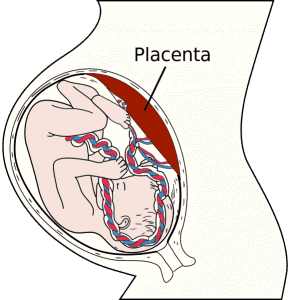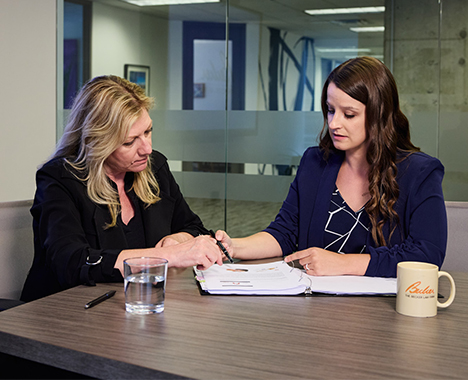Schedule a Consultation
216-621-3000Schedule a Consultation
216-621-3000
Chorangiosis shares some similarities with chorangioma in that the hallmark feature is an overabundance of blood vessels in the placenta. Some studies indicate that babies with chorangiosis are approximately 40% more likely to die or suffer from serious birth injuries.
Chorangiosis affects roughly 5% of babies who are transferred to the NICU after birth. It is difficult to say how frequently it appears in births on the whole, because the placentas of healthy babies rarely undergo the same rigorous examination as babies who are born with health problems. The following conditions have higher than normal associations with chorangiosis:
It is difficult to say for sure what causes chorangiosis. The presence of chorangiosis, a somewhat abnormal condition, is often relied upon by doctors to defend claims for birth injury. Defense lawyers will often argue that chorangiosis indicates long-term, low level hypoxia (lack of oxygen) in the placenta, with the result that the baby was under-oxygenated. One rebuttal to this argument is that the condition is frequently seen in people who live at high altitudes, and that an increased quantity of blood vessels indicates that the placenta properly adapted to lower levels of oxygenation.
Chorangiosis can only be diagnosed using placental pathology. After delivery, particularly if the baby is injured or if the delivery had complications, the placenta will be examined. The criteria normally used to determine chorangiosis were established by Dr. Altshuler in his 1984 article Chorangiosis: An Important Placental Sign of Neonatal Morbidity and Mortality. The condition received little attention in the United States until that point.
Many scientists have argued that Dr. Altshuler’s diagnosing criteria are vague and arbitrary. Furthermore, those criteria may not have a rational relationship to birth injuries, such as cerebral palsy and developmental delays.
If your child has cerebral palsy or developmental delays and you want to know if it could have been prevented at birth, contact our medical malpractice lawyers at (440) 252-4399, or send us a message through our website. We can examine your child’s medical records and determine whether this injury was caused by a preventable mistake.

